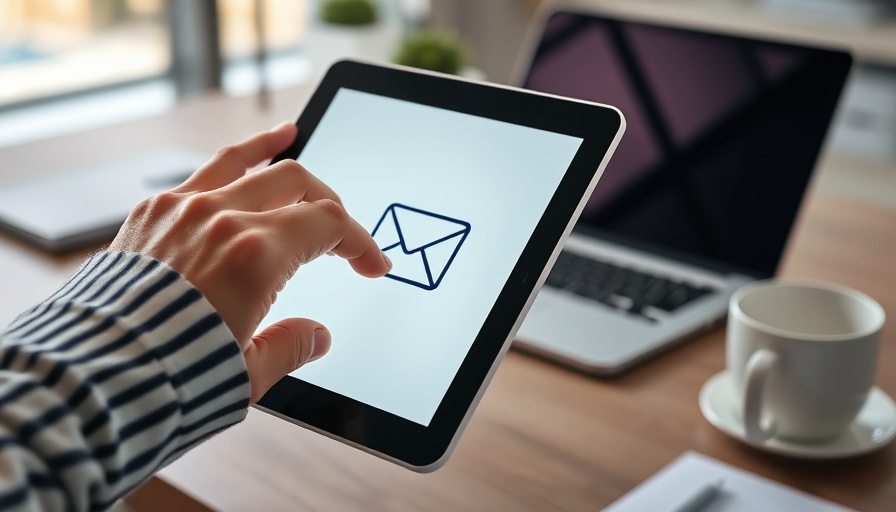
Understanding the Power of Confirmation Emails
Confirmation emails might seem like a simple formality, but they play a crucial role in business communication that can significantly enhance customer experience. Whether it’s for a restaurant reservation or a product purchase, these emails serve as immediate feedback for customers, assuring them that their actions have been successfully processed. Think of a confirmation email as an assurance blanket, wrapping the consumer in the comfort of knowing their transaction is recognized and logged.
Different Types of Confirmation Emails
Every interaction between a business and its customer can involve a variety of confirmation emails, each tailored to specific situations. From flight bookings to subscription sign-ups, these messages hold different nuances. Here’s a closer look at the types:
- Reservation Confirmations: Essential for restaurants and hotels, these emails help prevent overbooking and reassure patrons.
- Order Confirmations: When customers place orders online, they expect clarity. A well-crafted order confirmation email includes details like the items purchased and total cost.
- Webinar Confirmations: In the domain of online learning, it’s useful to confirm registrations and provide details about the session agenda.
By identifying and using the right type of confirmation email, businesses foster a stronger relationship with their clientele.
Essential Elements of a Good Confirmation Email
Let's delve into the nuts and bolts of crafting a confirmation email that resonates with readers:
Crafting a Clear Subject Line
The subject line is paramount; it’s the first impression your email makes. It should immediately convey the essence of the email. Simple phrases like “Order Confirmation [#12345]” provide clarity and urgency. Such a subject line grabs the recipient's attention, prompting them to open the email without delay.
Inclusion of Detailed Information
After the subject line, the body of the email must shine with detailed insights. Transparency is key. Customers should find clear information about their transaction, including the order number, product details, and total cost. For example, an email confirming a flight should not only include flight details but also offer information on baggage policies or travel tips, inviting further interaction.
Reiteration of Next Steps
For the best user experience, hint at what happens next. If customers need to take additional actions, like verifying their email or preparing for an event, the confirmation email should guide them seamlessly toward those steps.
Future Trends in Confirmation Emails
As technology advances, so do customer expectations. The future of confirmation emails lies in personalization and automation. AI-driven analytics can forecast a customer’s needs based on previous interactions, allowing businesses to tailor confirmation emails accordingly. Imagine opening a confirmation email that suggests best times for delivery or links to related products. Confirmations as personalized recommendations could redefine customer engagement.
Common Misconceptions About Confirmation Emails
Despite their importance, many businesses underestimate the value of confirmation emails. A common misconception is that these messages are redundant. In reality, they ensure clarity in communication and help build trust with customers. When done right, confirmation emails can be a cornerstone of an effective communication strategy.
Harnessing the Impact of Confirmation Emails
Confirmation emails are more than mere acknowledgments; they are strategic touchpoints that can enhance customer loyalty and boost business efficiency. By understanding what makes an effective confirmation email, businesses can better engage with their audiences. Remember, in this digital age, every detail matters, and confirmation emails should reflect that philosophy. Seize the opportunity to refine your email communications today!
 Add Row
Add Row  Add
Add 

 Add Row
Add Row  Add
Add 






Write A Comment